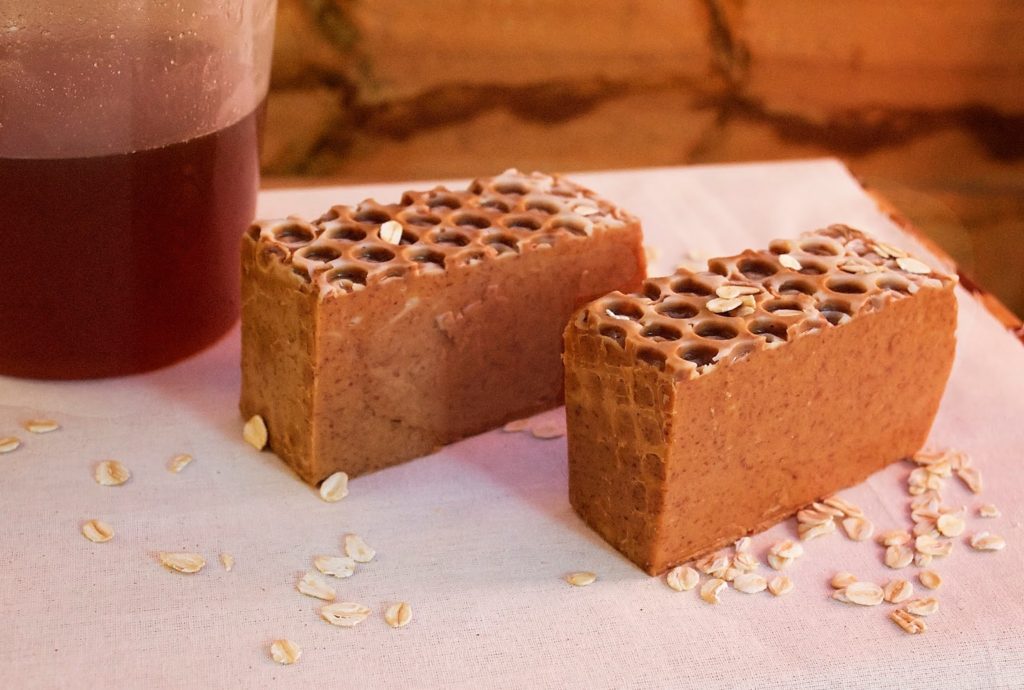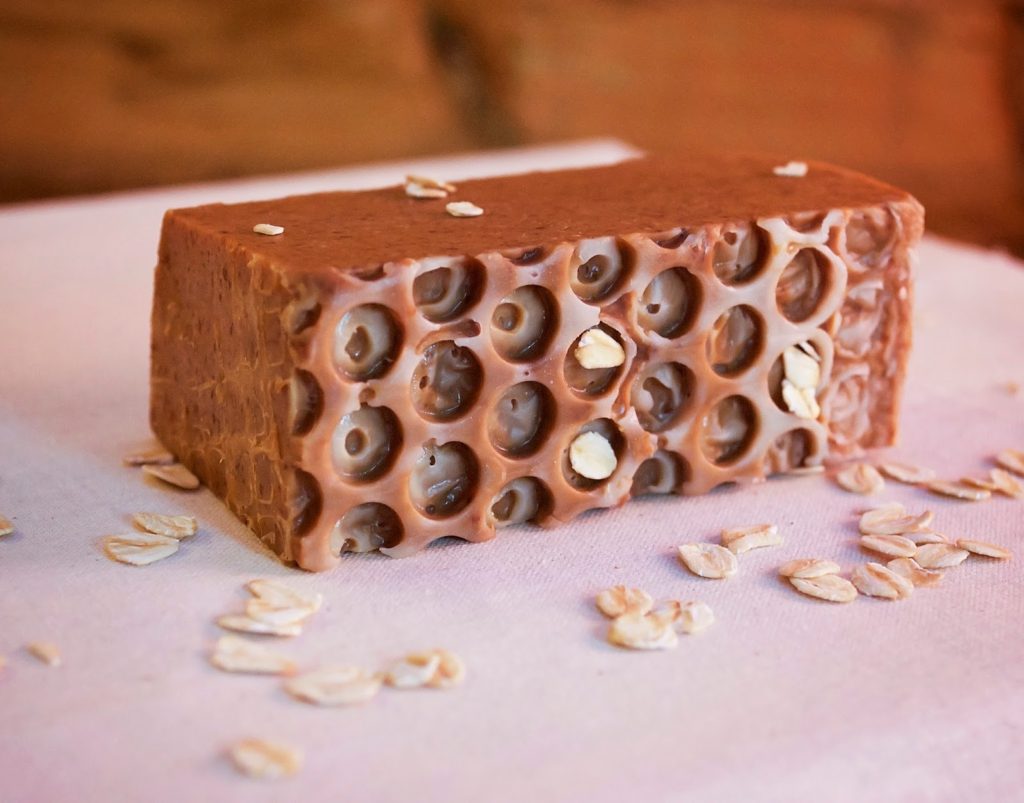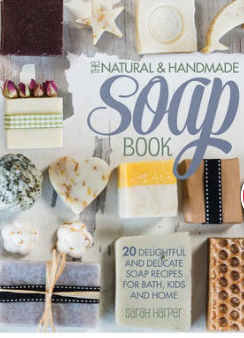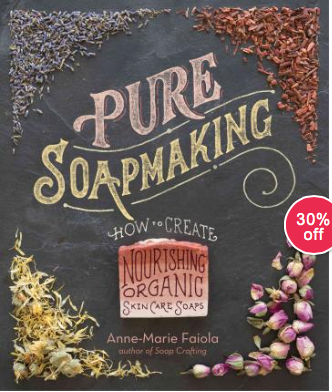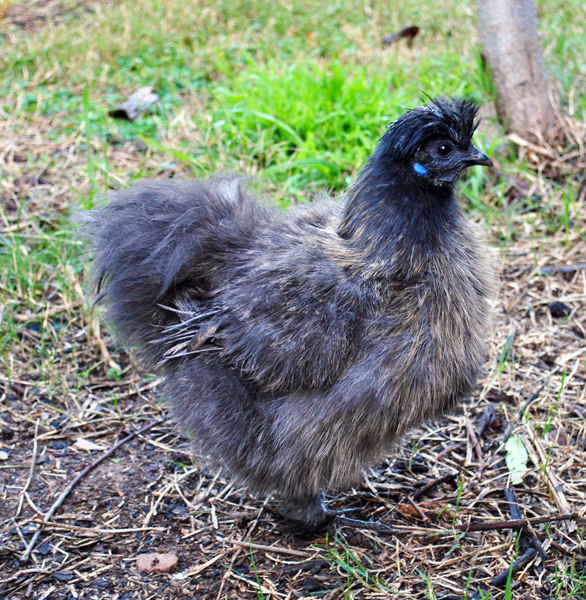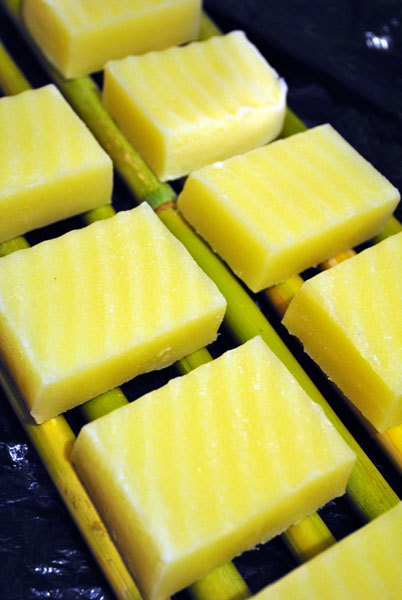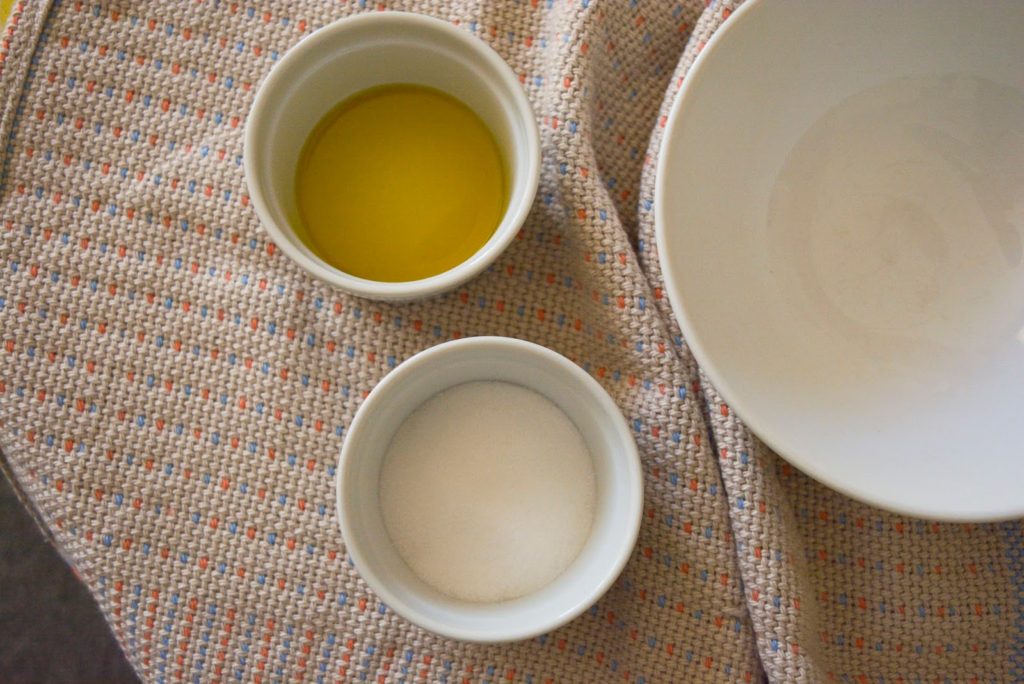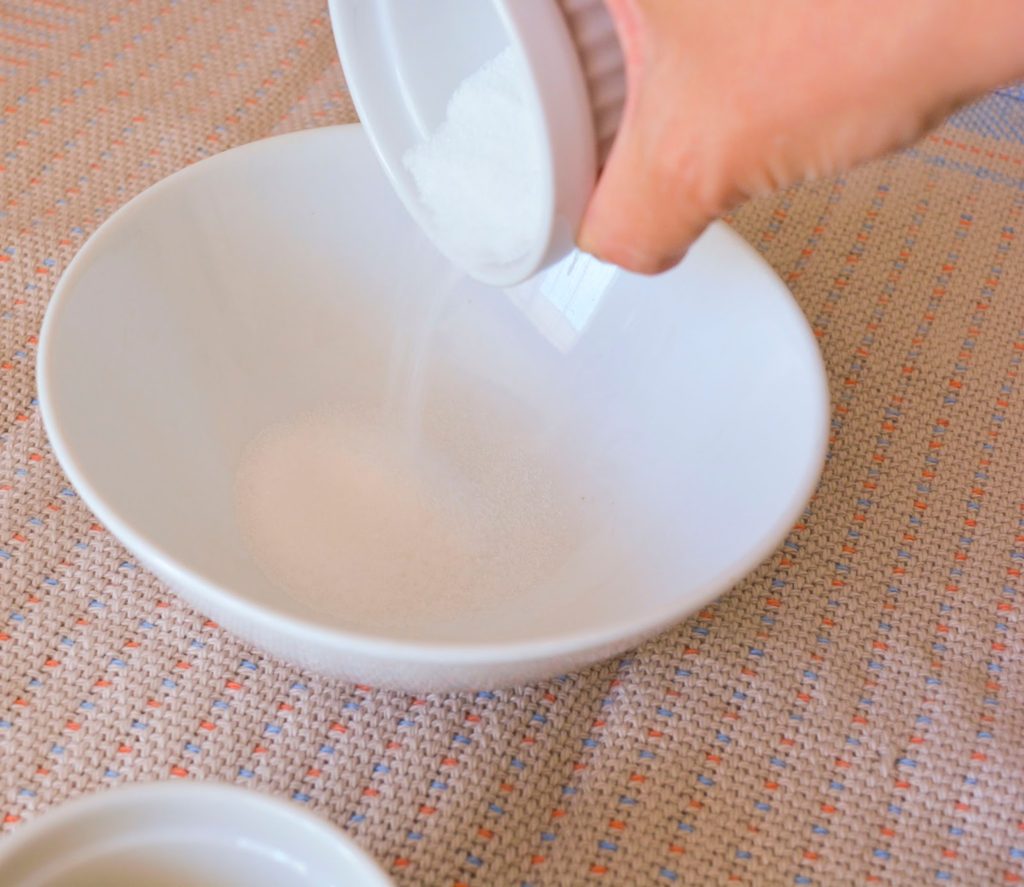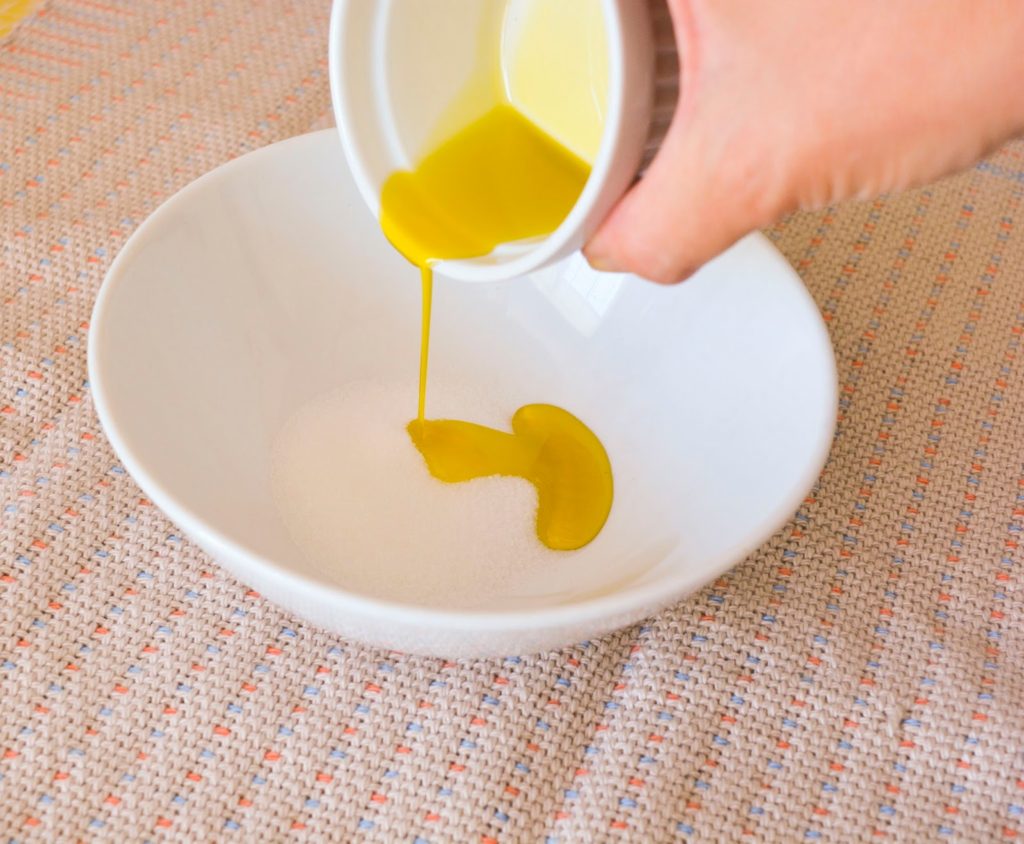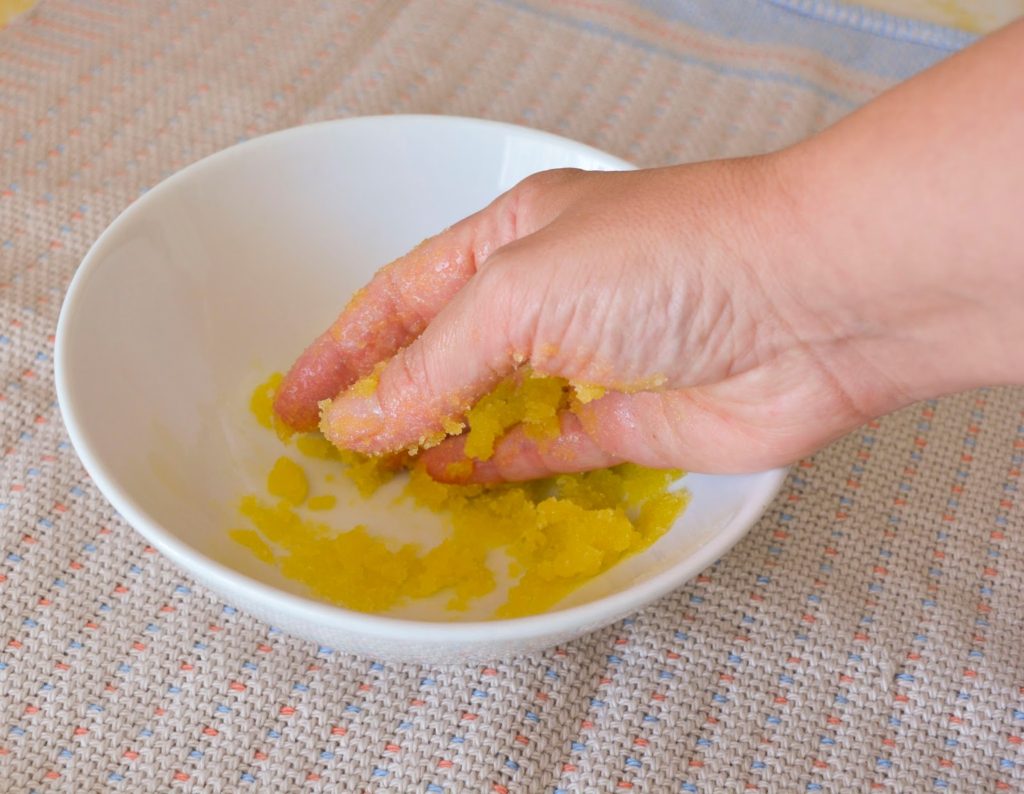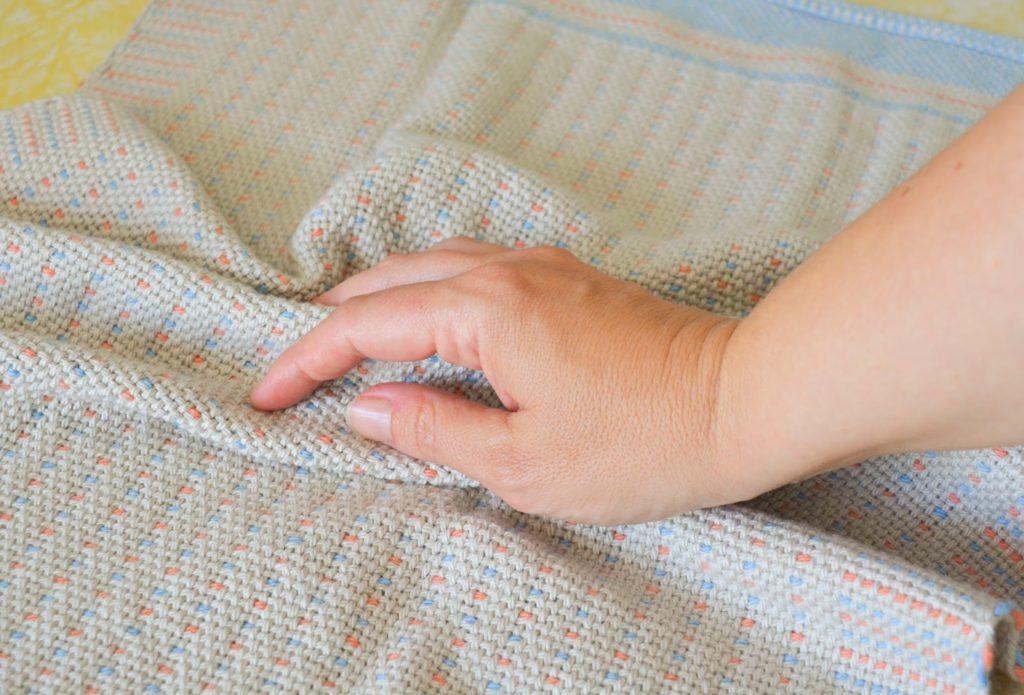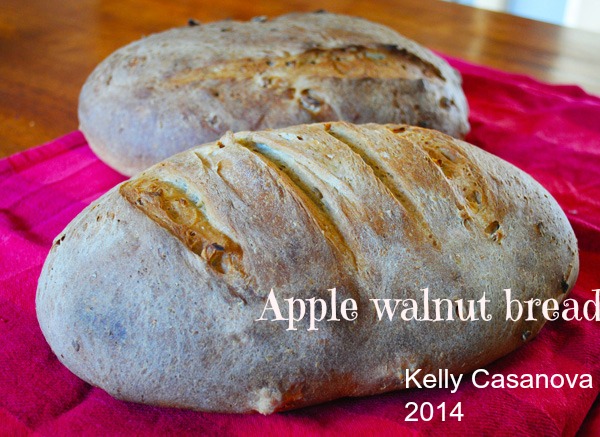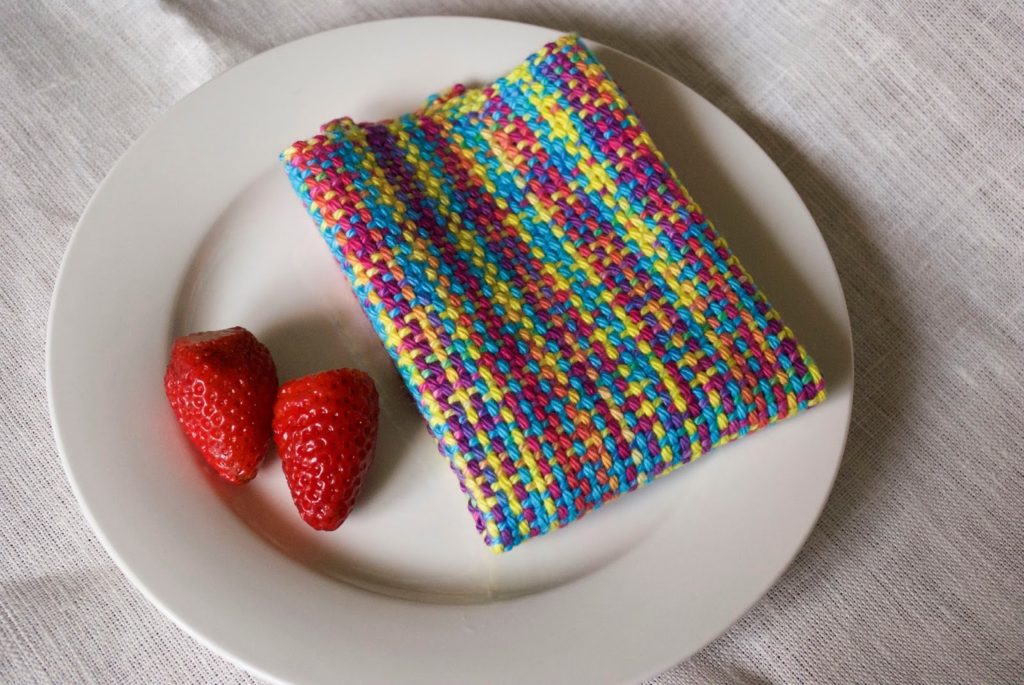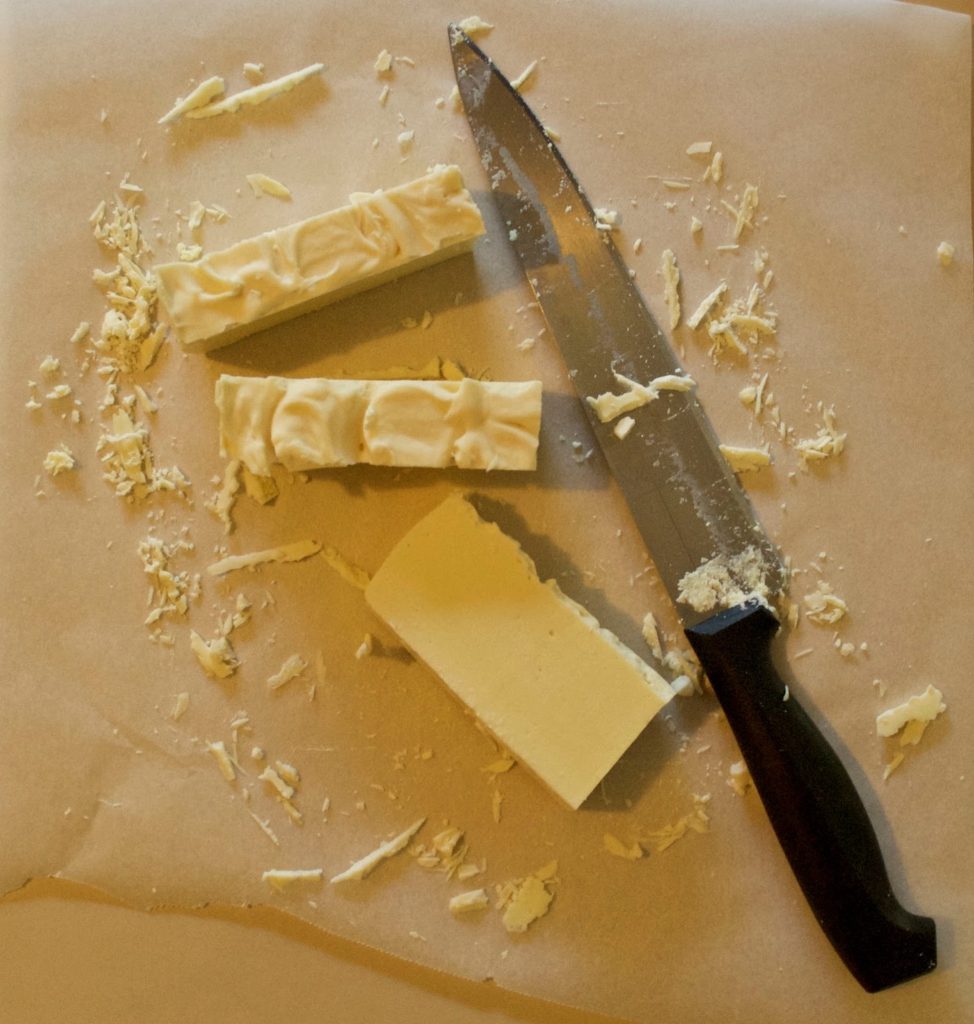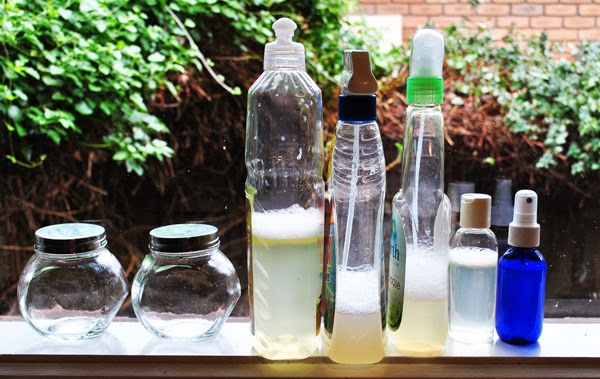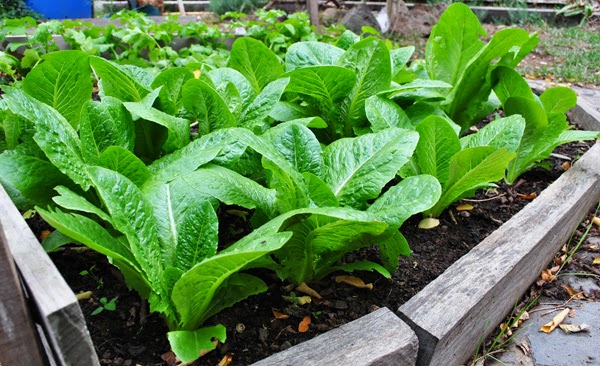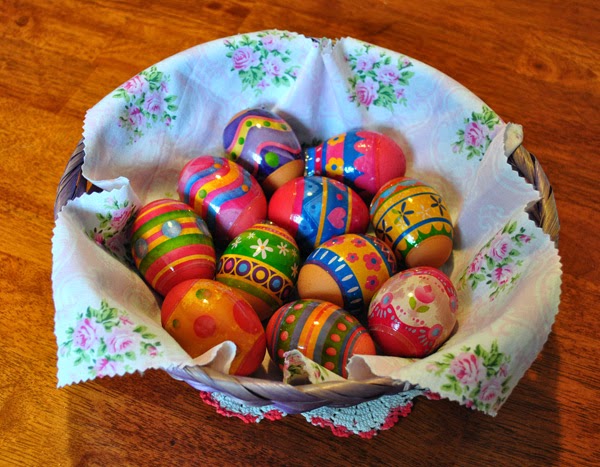Search Results for: soap
Silkies and soap making
Looks like custard, the beeswax gives a beautiful golden glow and a really lovely, honeyish scent.
And finished! After resting overnight I’ll be cutting bars tomorrow, then curing for 4 weeks (that’s the worst part – waiting).
First soap batch :)
Garden fairy and soap
 One of my nieces (did I ever mention that I have 29 nieces and nephews?!) sent me a lovely handmade card for the baby so I decided to send her something in return (she is 5 years old).
One of my nieces (did I ever mention that I have 29 nieces and nephews?!) sent me a lovely handmade card for the baby so I decided to send her something in return (she is 5 years old).
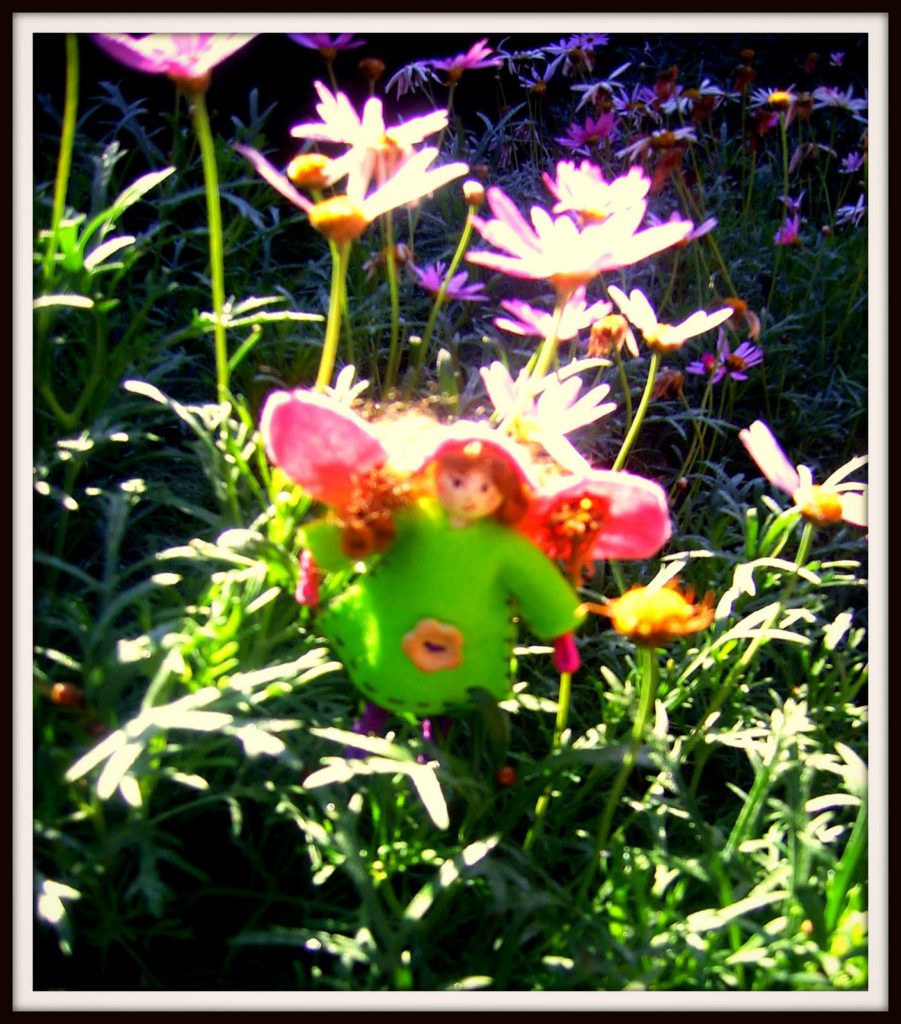 Being a lover of all things pretty and girly, I thought a little 4 inch garden fairy would be just the thing. I was happy to get these light filled shots of the said fairy as it was a gloriously warm and sunny winter’s morn.
Being a lover of all things pretty and girly, I thought a little 4 inch garden fairy would be just the thing. I was happy to get these light filled shots of the said fairy as it was a gloriously warm and sunny winter’s morn.
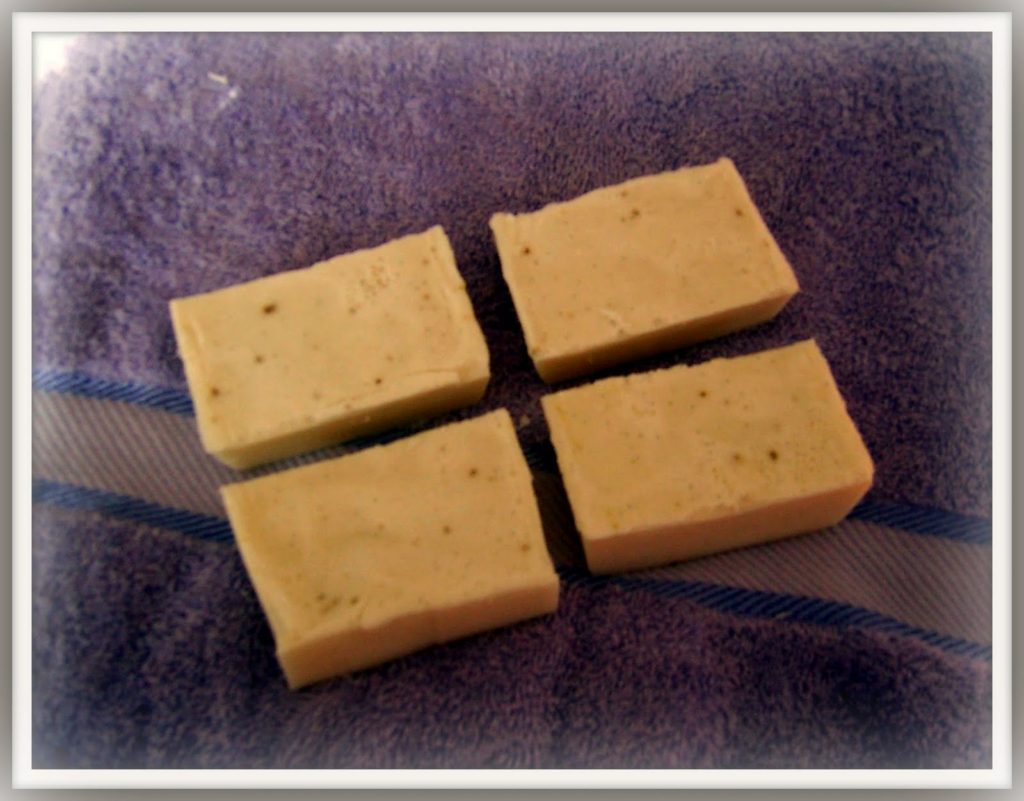 I made some goats milk and vanilla bean soap for a gift. It smelled gorgeous in the pot, almost exactly like panna cotta. Speaking of panna cotta, have you ever made it? You must, you must, its simply wonderful and easy too! Here’s a recipe for you:
I made some goats milk and vanilla bean soap for a gift. It smelled gorgeous in the pot, almost exactly like panna cotta. Speaking of panna cotta, have you ever made it? You must, you must, its simply wonderful and easy too! Here’s a recipe for you:
Err, if you’re on a diet or watching your weight you may have to develop temporary amnesia before you down this cool delight!
Vanilla Panna Cotta
Serves 6
3 cups cream
1 cup milk
the seeds from a lovely moist vanilla bean (you can use vanilla extract, but it ain’t the same!)
3/4 cup sugar
4 tsp gelatine
Bring the milk, cream, vanilla and sugar slowly to the boil. Remove from heat. Dissolve the gelatine in a little warm water just before stirring in to the cream mixture. Allow to cool to warm before pouring into moulds or some sort of container (I just use a plastic rectangular dish with tall sides) Cover with plastic wrap and set in the fridge overnight.
We have only eaten it plain, but next time husband suggested doing some fruit soaked in liquer as an accompaniment. I quite agree!
What is a superwash wool yarn?
I have talked quite a bit about yarns in weaving recently, but now I would like to get a little more into the specifics of individual yarns. Superwash wool yarn is a somewhat controversial yarn for fibre artists. In this article, I’m going to attempt to outline what superwash woollen yarn is in a factual manner.
I contacted my local, much loved woollen mills (Bendigo Woollen Mills) where I buy a lot of knitting yarn to use in my weaving projects. They were very helpful in explaining how their superwash yarns are treated and in pointing me towards further information to aid my own research. Interestingly, they said that although they offer both treated and untreated yarns, due to customer demand, 80% of their yarns are superwash.
I want to start by pointing out that I think it is very important for each weaver to decide whether they want to use a particular yarn or not, based on their own personal preferences. I have a huge number of students from all over the world and all different backgrounds. I pass no judgement on a weaver’s personal choice and I do not support yarn shaming in any shape or form.

If you’re in the beginner phase, and your head is swimming with confusion in regards to yarn choices, I have some helpful and free resources for you. You can begin by eliminating possibly troublesome yarns, at least for your first few projects, by reading 3 Yarns Beginner Weavers should Never Use! Then move on to the in depth Choosing and Using Yarns in Weaving.
If you’re really baffled about yarn sizes, I have two other resources that will really help you out. The Weaver’s Toolkit is an e-booklet that provides you with yarn conversion charts, recommended heddle sizes and a bunch of other quick reference information. I also have a short class What Do All the Numbers Mean? that will take your through an explanation of what all those numbers on your weaving yarn cone mean and various measuring systems that are industry standards.
Alright, let’s have this superwash discussion.
When you purchase woollen (usually a knitting yarn), if you read the care label instructions, it will either say “hand wash” or “machine washable”. This is how you know whether it’s a superwash yarn or not – machine washable means that it is superwash. And that means that the yarn is treated. Let’s investigate the treatment process further and why the wool is treated in the first place.
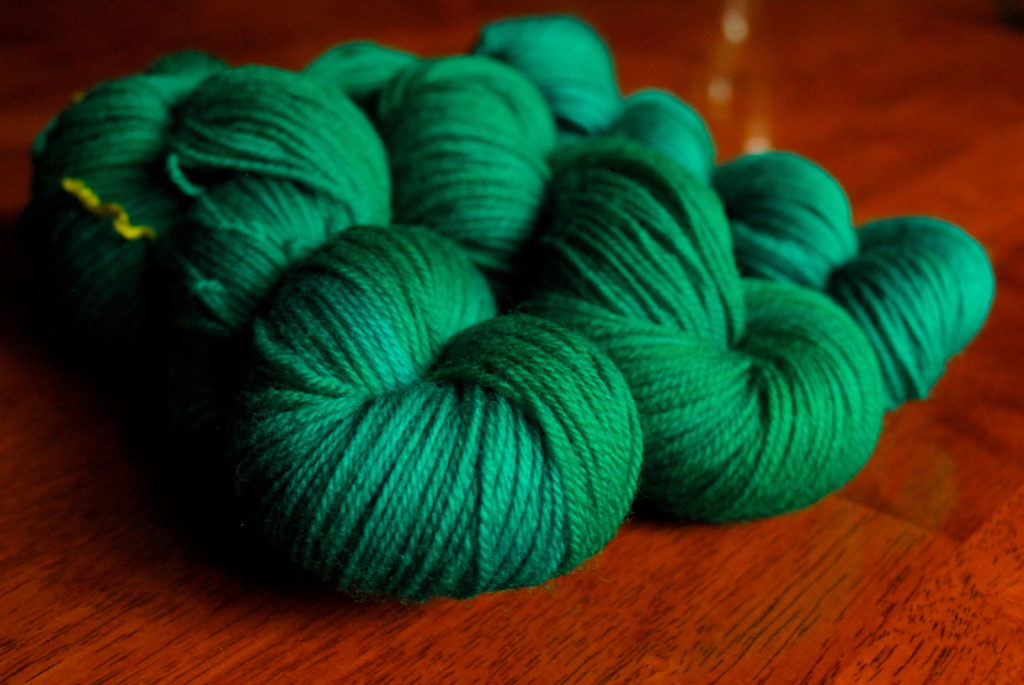
We all know that wool is quite hairy and clingy. Woollen yarn just loves to grab onto itself – the surface is scaly and these scales want to be joined as one! This is accentuated in the washing process. If you wash a non superwash wool yarn in hot, soapy water and create some friction, you will end up with felted fabric.
The superwash process removes these outer scales of the yarn with chemicals. The yarn is then coated with a synthetic coating (Hercosett is the industry standard) which smooths the exterior of the yarn. Because the scales are no longer present to interlock with one another, and the additional synthetic coating has been used, it becomes impossible for the yarn to felt in the washing process. It also means that, under the right conditions, a finished woollen piece can be washed in a washing machine (always follow care instructions for temperature specifics and correct steps). The superwash process generally leaves a yarn with a soft, smooth feel.

So, what is all the controversy about? There are a few main issues that some people have with superwash wool.
- Environmental impact
- Is the treated product still “natural?”
- Economic impact
*I need to put in a disclaimer here. This information has been collated from my own internet research. I have tried to only include facts without opinions. Some of the things I’m going to mention here are difficult to talk about with a lot of accuracy as it may not be measurable and also I only have access to information I can find on the internet. If, for example, I mention potentially toxic waste water, I have no way of quantifying what level of toxicity or if the toxicity is actually present. I don’t work in the industry, I don’t have inside information. The intention of this article is just to share information so that weavers can make informed choices when purchasing yarn and do some further research if it’s a concern for you.
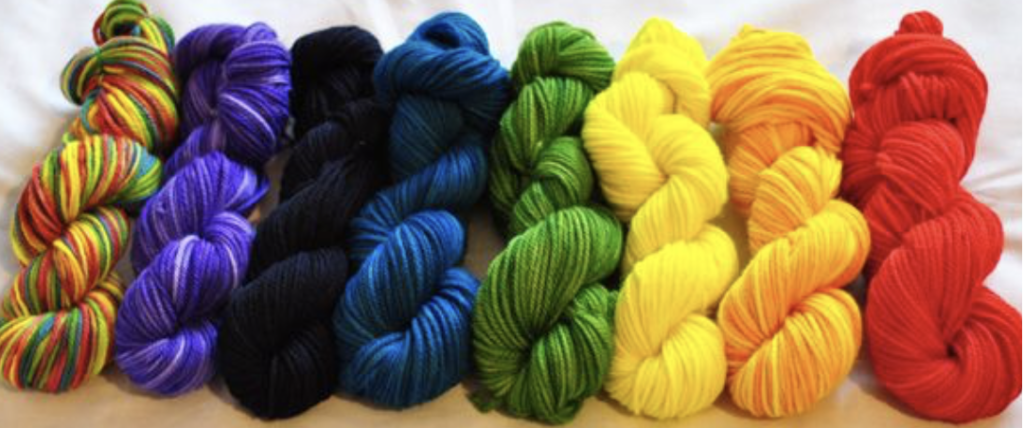
Environmental impact:
The superwash process uses large amounts of water. In addition to the quantity of water used, some consumers are concerned that the waste water leaving the yarn processing plants could be toxic.
Then there are the chemicals themselves. Hercosett is a polyamide-epichlorohydrin polymer and some argue that it is a highly dangerous substance, while other sources will state that the chemicals used to create the polymer are toxic, but this doesn’t mean that the end product (the polymer itself) going through the correct chemical process is not safe.
Is the end product still natural?
The end product, in its basic form, is a woollen yarn that has a very fine exterior coating of polymer. As polymers are a type of plastic, some will argue that the yarn itself, following superwash treatment is now a plastic product and no longer natural. I have also seen some insistence that this type of polymer is not a type of plastic. You begin to see what I mean about conflicting information and opinions!
Others will hold the view that the product is still very much wool, it just has an artificial coating that is not actual detectable. This could be seen in the same light as many commercially available textiles in which “sizing” is used. This involves the application of resins (these can come from various sources, including petroleum) to fabric or clothing prior to retailing. Sizing is used to make clothes or fabric hold their shape and look good prior to purchase. This may be a poor example on my part though, because as far as I know, the sizing can be removed when you wash the fabric or clothing prior to use.

Economic impact:
Many woollen yarns are processed off shore for superwash processing. The country of choice in which to have yarn processed is often China as it is cheaper for businesses to send they yarn, have it processed, then have it sent back again. Many countries just don’t have the facilities for this type of processing.
I know that I’ve only covered the basics in this article, and given the differing information and opinions on the use of superwash wool, I’m going to provide a varied list of links from other people’s websites here in case you want to do some further research of your own:
Superwash and its alternatives
What’s Wrong with Washable Wool
The Truth about Superwash Wool
In Support of our Australian Wool Industry
Is Superwash Yarn Environmentally Sustainable
And of course, if you want to find even more information, then google is your friend.
Thank you for joining me today! I invite comments on this topic, but as it can be a sensitive one, I ask you to keep it a respectful and helpful discussion. Thank you for keeping this a happy and informative space 😊
Until next time…
Happy Weaving!
When your life is on hold
Where to start when writing a post like this? It’s not like I’ve ever experienced anything like this before. But that’s the thing that really unites all of humanity at the moment. We’re all in this together and none of us are immune from the possible and real effects of the coronavirus.
Many of us are isolated in our homes, some working from home, others facing the uncertainty of job insecurity. No social meet ups. No extended family meet ups. No popping out to the shops to pick up some milk. It’s a completely different lifestyle to what most of us are accustomed to.
I know that there is some concern about the impact all of this could have on mental health if the isolation has to continue for some time. We don’t know at the moment when it will be safe to resume former activities, we don’t know if we will contract the virus, and if we do, we don’t know how bad it will be. There is so much we just can’t predict or plan for.
In many ways, it feels like life is completely on hold. No planning ahead, no getting ready to go back to work or school or social activities. For now, we just have to BE.

People have been talking about the state of JUST BEING for a long time. Of being present in the moment in whatever we’re doing. To think, be grateful, live slow. In the busy, noisy world of today, that goal can feel unrealistic and unobtainable.
Enter quarantine. And self isolating. And social distancing. Enter 2020 and COVID 19.
What if we completely turned this pandemic thing on it’s head and focused on the positives of what it means for us right now?
How many times, as you were rushing off to work in the morning or dragging yourself home at the end of the day, have you wished that you had more time? Have you thought to yourself “if only I had an extra day, I could take the time to learn to…… (fill in the blank)”. Or when you’ve been absolutely run off your feet and wondered why? Why am I doing this? Is this what I was meant for? Then why am I so unhappy?

That hobby that you’ve “always wanted” to get started with. “Maybe when I retire!” you may have joked. Or “I’ll do it once the kids have all left home and I have some time to myself”.
How about now? In this time of major uncertainty, perhaps you feel a bit lost. But maybe it’s time to search and find. Maybe it’s time to discover what God is leading you to – what talents are waiting to be revealed, perhaps even find out what you should really be doing and who you really are.
I’m finding that it’s wonderful time, not just for discovery, but re-discovery as well. I am taking more pleasure and satisfaction in my daily tasks as a homemaker. Baking bread is not just something that I do an have done for a long time anymore, now it’s an important skill that provides my family with food.
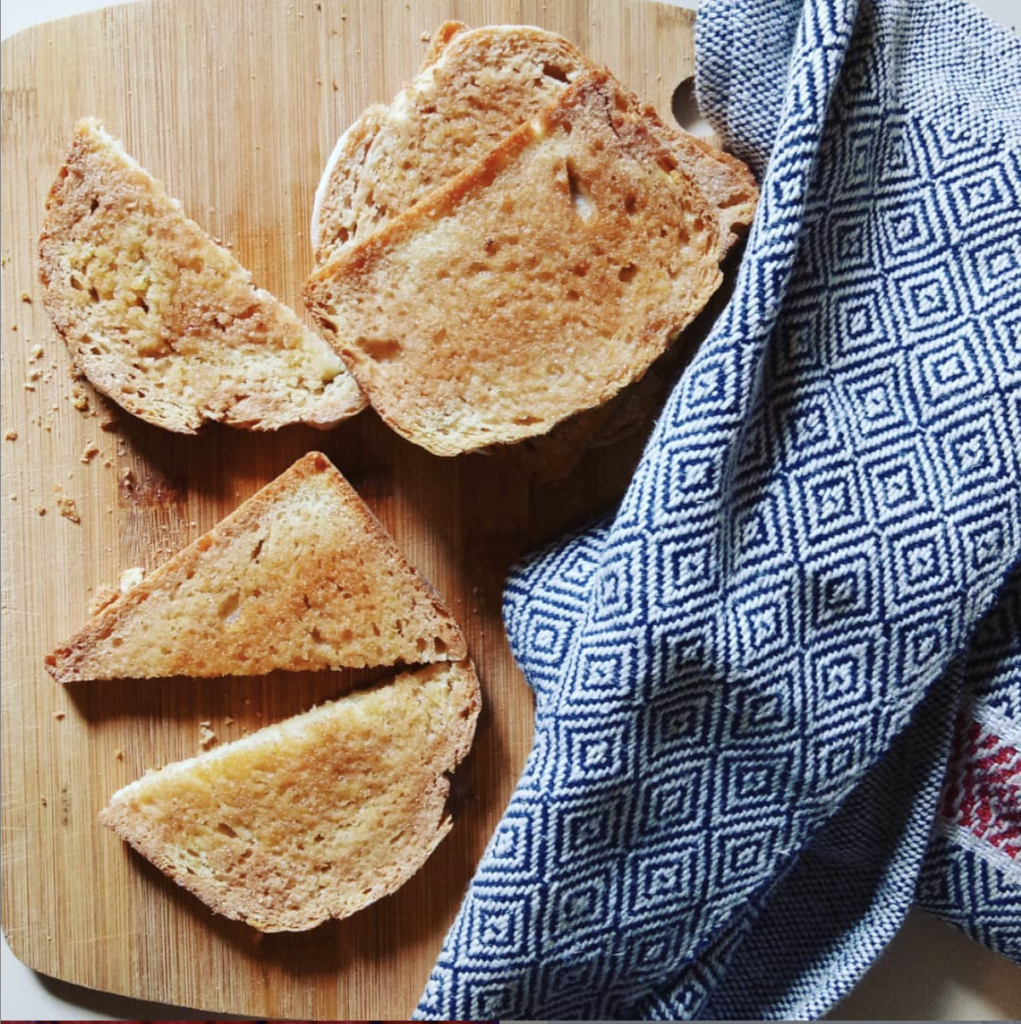
Preserving vegetables is something I can take pride in, knowing that my family will have healthy fermented vegetables to eat even if we can’t leave our home to go to the shops.
Our garden has become a major focus as we aim to grow as much of our own food as we can. It’s something that the whole family can work at and reap the rewards and benefits at harvest time. It gives us time out in the fresh air and sunshine too.
I have been thinking for some time how I would like to make soap again, it’s been so long. Now, it happens that you can no longer buy soap, you can however buy ingredients to make soap.
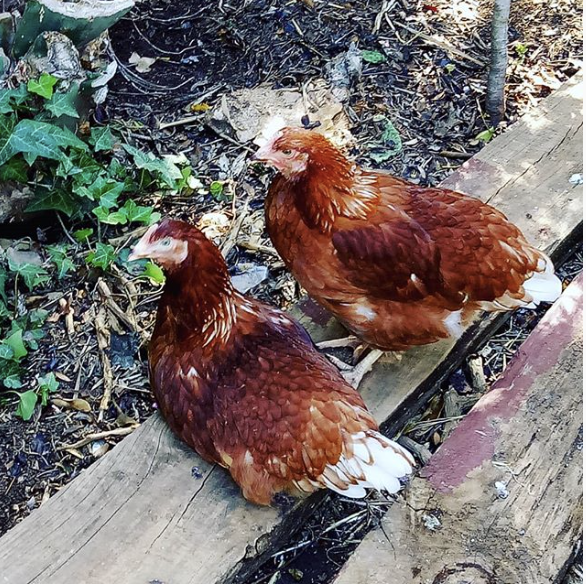
I’ve been writing on this blog since 2008 and if you look back on past posts, many of them are related to simple and frugal living. It’s something I’ve been both striving for and living out for a long time, and something that just makes sense to me. It’s serving us pretty well at the moment!
If you’re interested in reading some of my “posts from the past” related to simple living, I’ll list some here:
Back to Basics, Frugality revisited
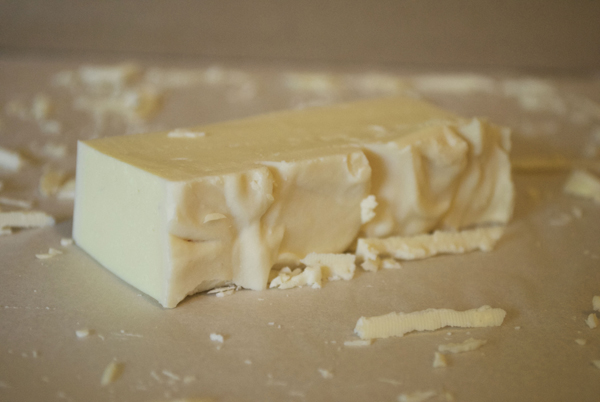
I have a lot of recipes, all of them are simple and frugal. You can search the “recipes” tab on my blog or type in “bread” or “recipe” in the search bar and you’ll be inundated with posts! I need to do an updated bread blog post, as I make bread in a different, very easy and intuitive way these days.
If you’re looking to learn how to weave, start with my Youtube channel. I promise it will keep you busy for many, many hours!
This has become quite a rambling post, but I guess what I really want to say is: What are you going to do this with this time? How are you going to be different? Are you the person you want to be? The person you were made to be?
Today is the first day of the rest of your life. What will you do with it?
DIY Gentle Soak Recipe for your handwovens!
As weavers, we spend so. much. time on planning, preparing, then actually weaving a finished piece.
And it doesn’t stop there, because after all, a piece is not finished until it’s finished!
After choosing how we are going to finish our ends by either stitching, sewing or at least securing, we then come to…
THE WET FINISH!
But hey, it’s actually a pretty simple process and doesn’t take all that much time or effort. The really hard part is waiting for the piece to dry!
*This post contains affiliate links, meaning that if you click on a link and purchase, I receive a small commission at no extra cost to you.
I think it’s rather fitting then, that after all that hard work, we should finish off with as much love and care that we started with. That’s why I wanted to share my Gentle Soak Recipe with you today!
You can make it yourself, it’s economical as you only use a small portion for each woven piece, and best of all it feels luxurious to use – almost like a little treat to the weaver at the end of a project.
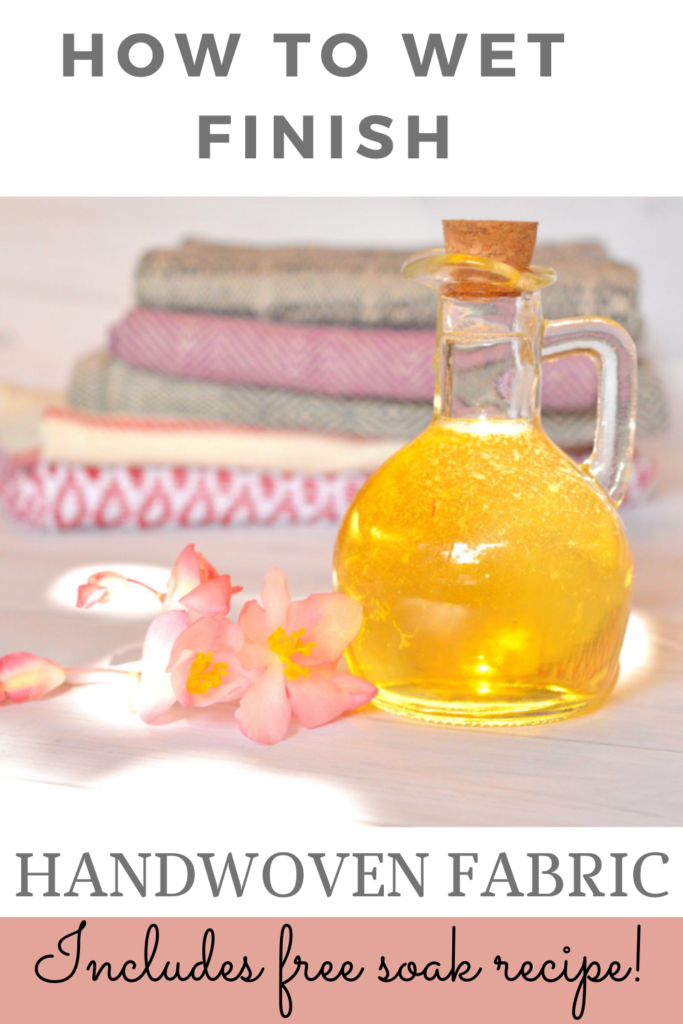
THE RECIPE
Dr Woods Baby Mild Castile Soap
Essential oil (optional) of your choice.
Glass bottle with a dispenser or glass cruet with stopper. I ordered some glass dispenser bottles, but when they got lost in the mail I ended up finding a cruet in a kitchen supplies store and used that instead.
THE METHOD
I pour the Castile soap into my 150ml (5oz) bottle until half full. To this I add my essential oil, approximately 15 drops depending on the strength of oil I’m using. I stir this around with a wooden skewer until I feel it’s well blended, then top up the rest of the bottle with more Castile soap, stirring again. Store with the lid in place.
Some essential oil blend suggestions:
There are so many lovely oils that can be used alone (you know how much I love the simplicity of lavender!)
Other oils that work beautifully as singles are peppermint, rose absolute and rose geranium.
If you want to try making some of your own blends, there are kits available where oils that go well together are sold in a pack. You can also buy already blended oils, taking the guess work out of it for you.
Oh, and if you don’t want to add your own oils, the Dr Woods Castile soaps also come in peppermint, lavender, and tea tree.
Don’t like essential oils? Just use the pure baby castile, which has no added scent on it’s own.
WHY DO I NEED TO WET FINISH?
Sometimes, removing a project from the loom and having a good look and feel of it for the first time can be a bit disappointing! It may feel stiff, rough, and look, well… a bit lacklustre!
Enter the magic of the wet finish!
Allowing the project to soak in warm water with a mild detergent enables all those lovely fibres you have spent so much time and care to weave take in the water, plumping them up to maximum level and allowing them to bloom. Then, as the fabric dries, all those fibres settle into their rightful place and live happily ever after.
If you cut your fabric when it is still in loom state (prior to wet finishing) you will notice a dramatic difference to cutting it afterwards. The threads will want to spring apart, they are not settled in place yet.
Wet finishing also causes your fabric to shrink slightly (how much depends on the fibre). This is another important step in the finishing process.
An interesting experiment is to photograph your before and after wet finished fabrics. The difference can be quite amazing!
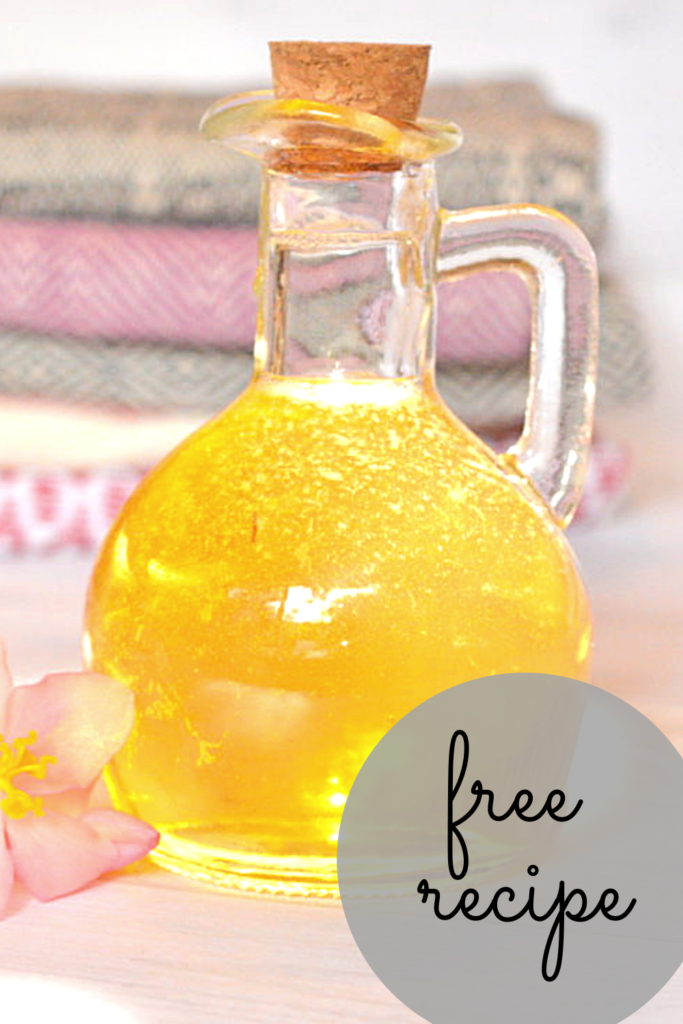
HOW TO USE THE GENTLE SOAK TO WET FINISH
I have used this gentle soak recipe with both plant and animal fibres. I have made a video tutorial on the wet finishing process so that you can see how easy and non stressful it all is:
Here are the step by step instructions:
- Place a squirt (around 1 teaspoon per item) of the gentle soak liquid into a sink or container that you intend to wash the item in.
2. Run enough warm water into the sink or container to enable your item to be covered.
3. Place your item into the water, gently pressing to submerge. Continue gently pressing until the item takes on enough water to sink down.
4. Leave the item, without agitating for at least an hour.
5. Gently rinse the item in just warm water briefly.
6. Using a clean, folded towel, press the excess water out of your item.
7. Lay the item flat and in the shade until totally dry.
Now, there are exceptions to these rules, as mentioned in the video. For example, I wash cotton kitchen towels in a hot machine wash. Not all projects need to be dried flat – sometimes I will hang the piece depending on what it is. If I have a piece that may be misshapen by being hung, I will dry it flat.
Thanks for reading, I hope this was helpful to you.
Until next time…
Happy Weaving!
DIY natural hand softener
Do you ever have problems with dry hands that become rough?
Gardeners are very familiar with this issue, but it can also happen if you frequently use soap for hand washing or are often in a heated environment.
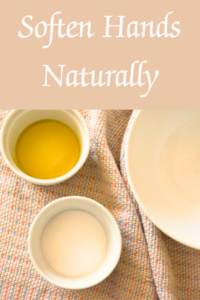
The Simple Life
Is the simple life about living the dream or living the reality? The dream for me is a country property and earning a good income through a handmade business. The reality is suburbia, traffic, very little time to devote to a business of any kind and a very limited budget. But that’s not the point, right?
The point is, what can I do right now to live the simple life given my circumstances?
I was pondering the simple life and what simplicity means to me. It occurred to me that one of the most rewarding parts of simple living is that you can take very little and turn it into something
special.
Home made bread for example. Usually 4 ingredients. Inexpensive, ordinary ingredients. Add time, love, technique and you have something awesome.
Weaving is another example. With threads and a loom I can make the most beautiful variety of things.
Soap making? Once again, very few ingredients. A bit of time and attention and you have a whole batch of creamy, natural soap for your family.
That property in the country may or may not ever happen, in the meantime I will try to be grateful for all I have and all I can do. And if it does happen, I guess I’ll be well prepared 🙂

